Do you want to teach your kids how to use similes? Engage your students with fun simile activities designed to give them practice writing and to think about similes.
Similes are comparisons of two unlike but related things using the words “like” or “as.” Students probably use similes daily at school when they talk about a person, place, or thing.
Check out these six fun simile activities that combine printables and cut-and-paste activities to complement your simile lesson.
Fun Simile Activities as Easy as ABC
Simile Activity 1: Read Books With Simile
There's no better way to learn about similes than through books. It is the best example for kids to see simile examples in action straight from authors.
A great start to teaching simile is reading the book Crazy Like A Fox, A Simile Story by Loreen Leedy.
This short read tells a story of a fox throwing a surprise party for his friend Babette, the sheep.
The author tells this amusing story using similes from beginning to end. It's a perfect gateway to start learning about similes.
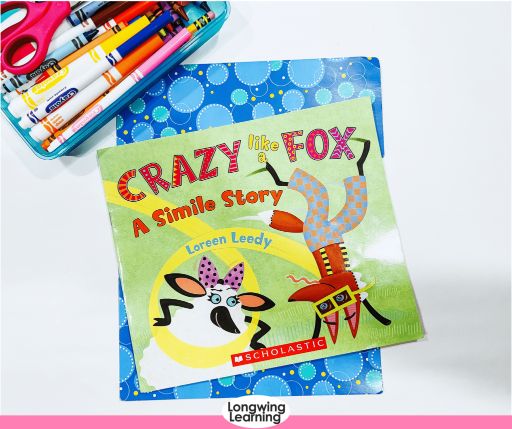
To keep the learning going, pair fun simile activities to complete after reading.
Simile Activity 2: Drawing Book
Getting children to use their senses along with descriptive words helps them expand their vocabulary and to be able to put that into sentences.

The simile drawing book gets kids to practice writing similes using their senses. They learn authors use their senses to include similes in sentences through examples of similes.
Then, they have an opportunity to write a sentence with a simile using their sense and draw an accompanying picture.

This simile book is a fun way for children to practice writing sentences and see the outcome.
Simile Activity 3: Writing Scenario about Similes
In this activity, a pencil, paperclip, and a list of similes are all needed to make learning about similes fun.
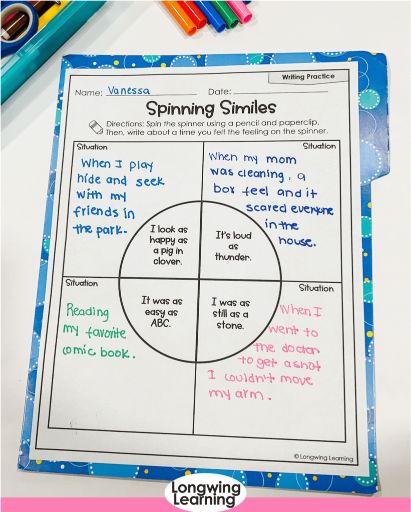
First, students start in pairs using a pencil and paper clip to spin the spinner.
Next, in the space the paper clip lands, each student writes about a situation that matches the simile on their paper. Last, they share out their scenario.
This activity is perfect for students to work in pairs and learn about each other.
Simile Activity 4: Emoji Simile Writing Practice
This craft simile activity is a fun and simple way for students to write a snapshot of their first day.

Students finish the story using an emoji that best connects their feelings to the sentence.
Next, they complete the sentence by including a simile.
This simile, cut-and-paste, and printable make a great classroom display after the first day of school.
Simile Activity 5: Analyzing Similes Worksheet
There are dozens of ways to explain a simile.
This worksheet helps students to become familiar with similes.
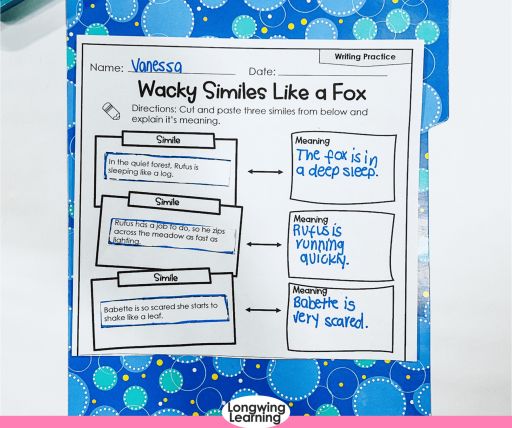
There are several examples of similes on the worksheet to cut and paste in their journals and explain their meaning.
Simile Activity 6: Similes Anchor Charts
Students often get stuck identifying similes, but the key to solving this problem is using visual aids.
Simile anchor charts are a great way to teach students how to find similes in literature, and students can also use them as a reference when needed.
Here are two examples of anchor charts to complement the lesson.
After reading the story, students can write their similes on a sticky note and place them on chart paper.

Another simile anchor chart is to sort out sentences that include the words like or as, but they are not all similes.

Wrapping It Up
The best way to explain a simile is to provide an example of one. However, teaching similes is not a one-size-fits-all process. There are many ways to teach students how to write and understand similes, but they all involve actively engaging your students.

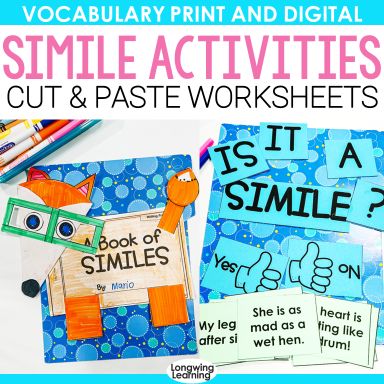


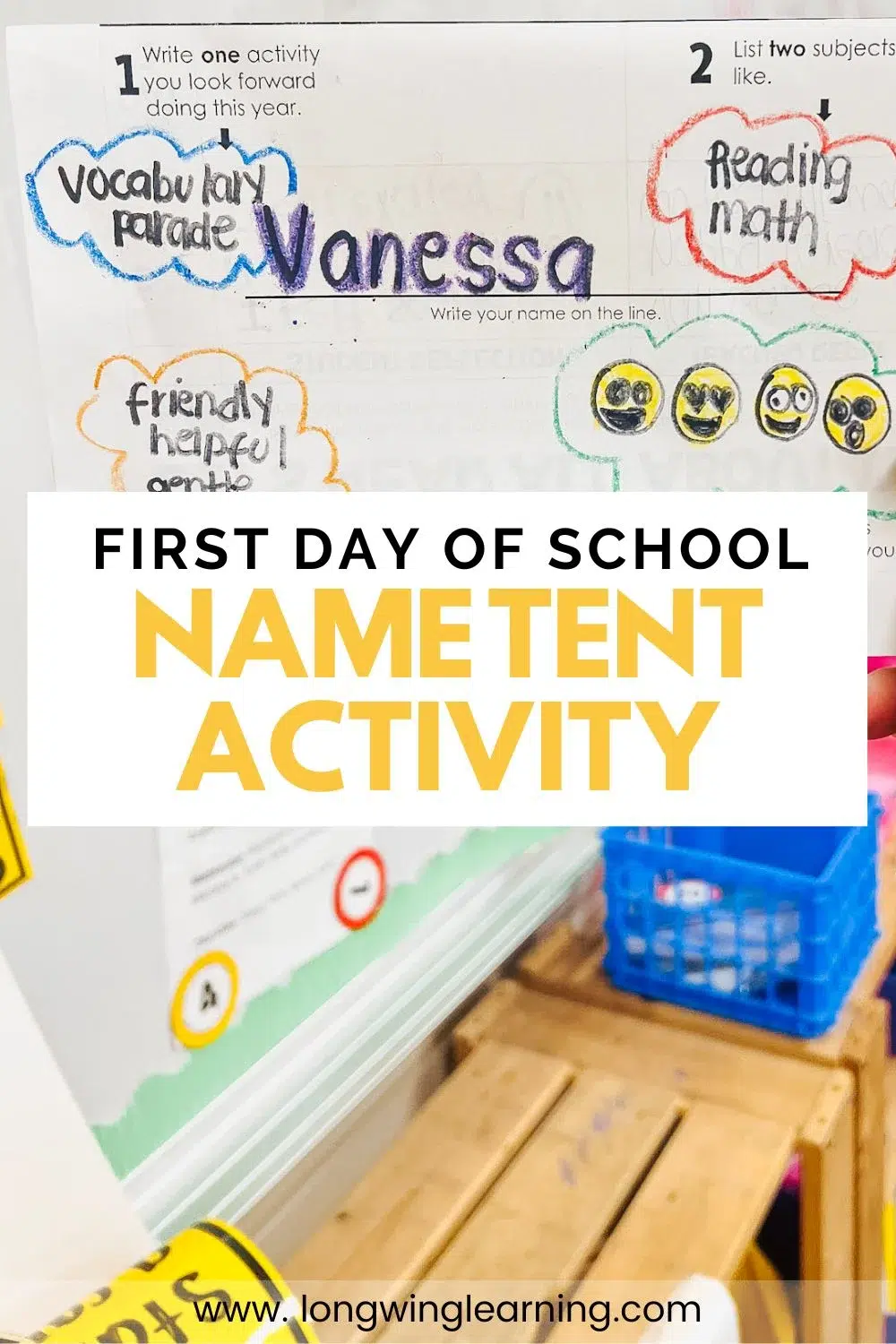
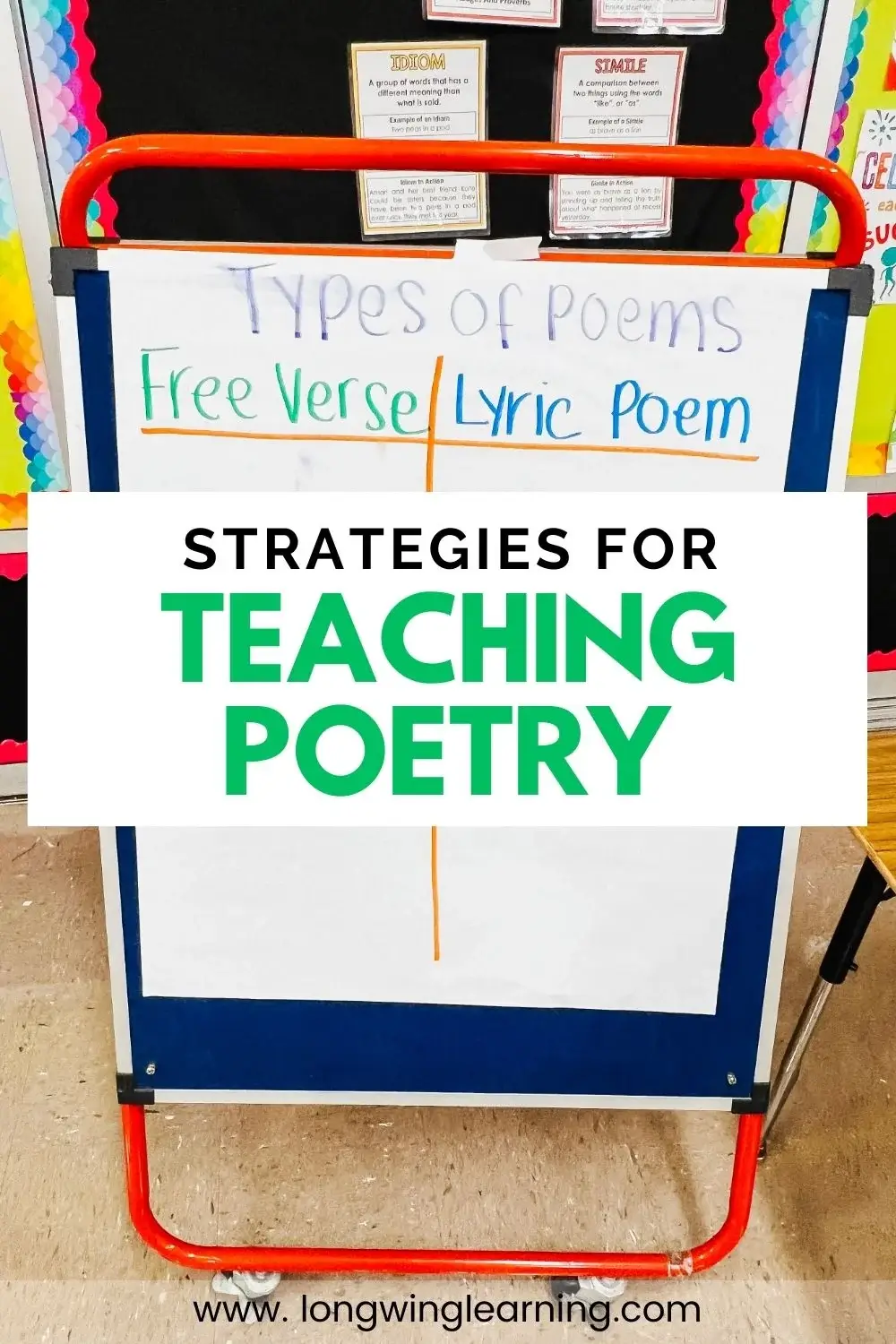

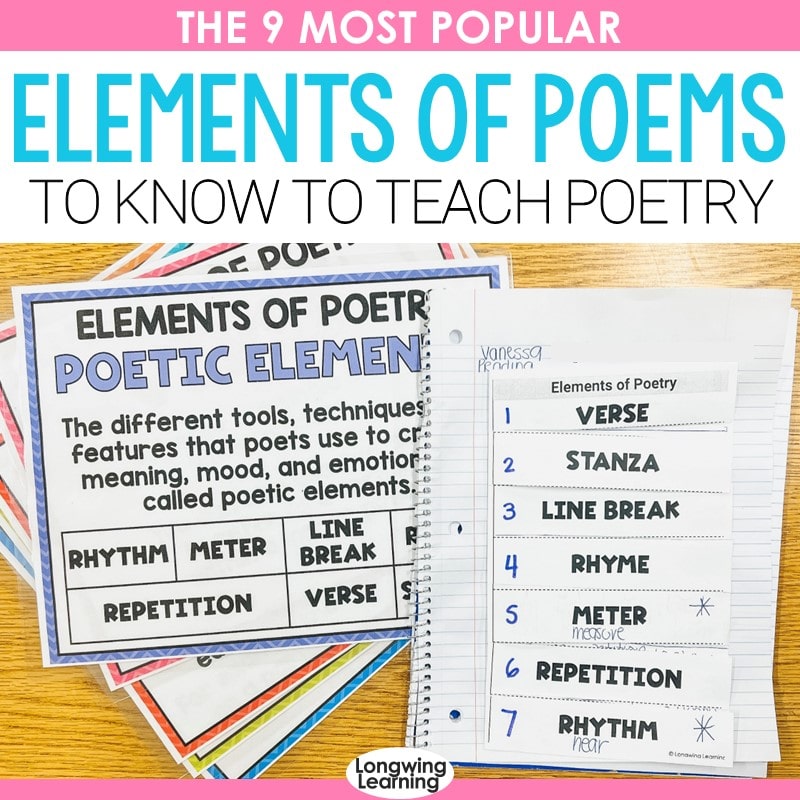
2 thoughts on “5 Fun Simile Activities To Teach Kids How to Write Similes”
Pingback: The 9 Popular Elements Of Poetry To Teach Poetry - Longwing Learning
Pingback: Explore 7 Strategies To Feel Confident Teaching Poetry In Upper Elementary - Longwing Learning